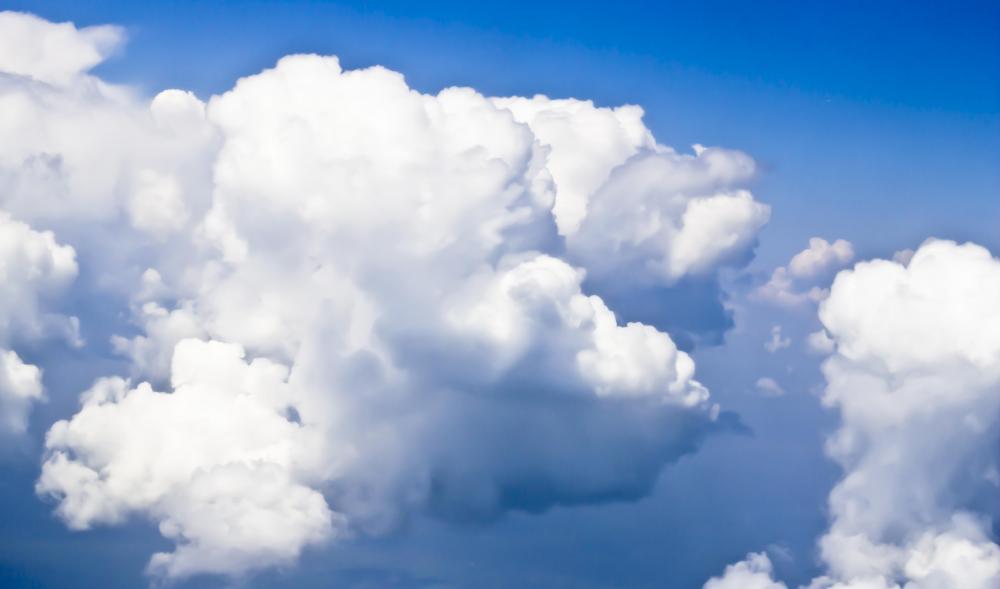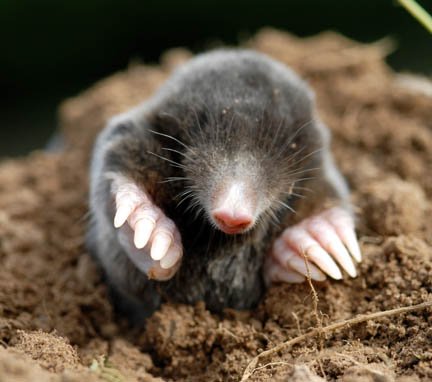Whether communism, or capitalism, both systems are flawed and unsuitable for this time and age. It is time for a new Keynes, Marshall and Adam Smith influential economist to develop a new, global model.
Observations
There are three solid observations:
- No human is perfect, thus immoral and irrational matters occur.
- Neither system will work at all given the foundation of both systems, which assumes humans are rational and morally sound.
- Both systems assume the outside world is in a constant state that we can assume to be ideal, and that the foreign relations are stable. Reality is that the world is more random. Like a nth sided dice, where “n” is the different factors that affect the world beyond borders: Nature, education, wealth, resources, politics…etc
Despite the popular idea in the West to decentralize all institutions, Government has an important role to play in the development of economic standards of a nation. Government is needed for any case, regardless of any system. But I’ll leave that to some PoliSci genius to identify a new form of administration that breaks away from the Greek Senate system that is old and outdated, or the British Parliamentary system, which is like a massive party rather than a governing body.
Given such observations, it is evident proves that neither system is valid for this time and age given the infrastructure and foundation present. A better model requires to be devised the focuses on empowering and encouraging people to act morally and rationally; leading to the development of economic standard and transforming society to practice trade and economics effectively and efficiently. So far, we have a system that gives people negative points (black points in driver’s license, three-strike law, criminal records…etc). Therefore, the question holds, why not create a reward system?
My opinion is to develop a new economic model that encompasses a global perspective on things, while standing on the foundation of resolving economic problems through moral initiatives and endeavors.
International Trade in Classical Models vs. Reality
Capitalism and Communist Economics express matters in a microeconomic scale limited to a single nation. And when International Trade is integrated to this matter, it focuses strictly on scenarios and events that occur at the port of the local nation of which the microeconomic principles are in play. Based on such assumption, the model limits the transaction to a system that extends as far as the borders of the nation, and anything beyond that border is considered “ideal” or “in constant state”.
Therefore, in an ideal scenario, Capitalist nations should work strictly in promoting their own interest and the Communist nation follow the same suit, too. These measures/ideologies are introduced in the form of tariffs, quotas, trade barriers, or even embargos (extreme case).
In the realm of Economics, Noble Prize winners Heckscher and Ohlin introduced Heckscher-Ohlin Theory, which explains how two countries can get greater gains from trading with each other if they have different resources. This model is independent of Communism/Capitalistic model. Even though this model only focuses on resources, it is a good step forward to proving the foundation of how unity in trade is the key to progress. In 2000’s, Paul Krugman and Joseph Stiglitz paved way to the power and benefit of globalization, and breaking the barriers of Capitalism and Communism by supporting more freedom in trade, more transparency, and great equivalency (this is like a mix of capitalism and communism if you think about it).
Anyhow, utilizing the latest information we gained from the new wave of Economics, and merging the growing field of Behavioral Economics, I think we are capable of providing a solution.
Role of Government
In Economics, the government’s duty is to ensure fair play of businesses in the field. Their task is to provide protection, guidance, and assistance when in need. Small businesses strive through Small Business Incentives provided by the government to grow and develop, while corporations have their rights protected by the legal clause given by government (such as patents). And in return, of course, government needs income through taxes and what not to maintain such complex legal and judicial system. But you already know this 😉
As for government controlling business, I can think of three ways:
1) Protection Against Monopoly: The traditional biological rule is survival of the fittest, and so the weakest company will die off in the cut throat market. I don’t support this model of thinking, but this is the current environment. Let’s assume the battle goes on until one company survives. Based on microeconomic principle, a monopolist can abuse its position to get the most profit from individuals. Not to mention, making it extremely difficult for new businesses to arise. And so far, this isn’t limited to Monopoly, but we can also say Oligopolies and Duopolies are as bad, too. Government limits such practice to protect people from such abuse.
2) Free rider problem: In the context of businesses, suppose there is a street, on which 25 people live, and which suffers from a litter problem. A weekly street-cleaning service would cost $2,500 annually. Suppose that each person is able and willing to pay $100 or more for the service. However, it is possible that some people on the street will refuse to pay, anticipating that the service will be undertaken regardless. It is possible that if enough people refuse to pay, the service will not be hired; an example of market failure. This is where the government has to step in and mitigate this problem, since again, people are extremely irrational.
3) Promoting National Interest: Sometimes, government control a business to push their own agenda, and this is visible in the field of agriculture and technology. For example, military/defense industry receives far greater funding than any other industry due to US government’s interest. As in terms of trade, the United States places trade restrictions on foreign fruits and goods not only because of environmental problem, but also to eliminate the competition of food within the United States and promote farming in the USA (otherwise, who the hell would farm. It’s very expensive to farm, which explains the need for subsidy). However, if utilized properly, this method can assist the government to focus on matters that are in great need of attention, such as encouraging medical research, developing new industries, transforming older methodologies and leading a progressive civilization.
Whatever it may be, In the end, I just wish to see myself going forward with innovative ideas and not feel afraid to let go of old models if it is deemed broken. And I feel that we are there, and we can all accomplish great things.
Looking forward to your insight and comments, and feel free to share your thoughts, too.




 Cloud droplets are also about 1000 times heavier than evaporated (gas) water, so they are much heavier than air. However, they do not fall, but stay in the air, because there is warm air all round the heavier water droplets. You can imagine the warm air being bullies pushing the water to be together into a droplet.
Cloud droplets are also about 1000 times heavier than evaporated (gas) water, so they are much heavier than air. However, they do not fall, but stay in the air, because there is warm air all round the heavier water droplets. You can imagine the warm air being bullies pushing the water to be together into a droplet.